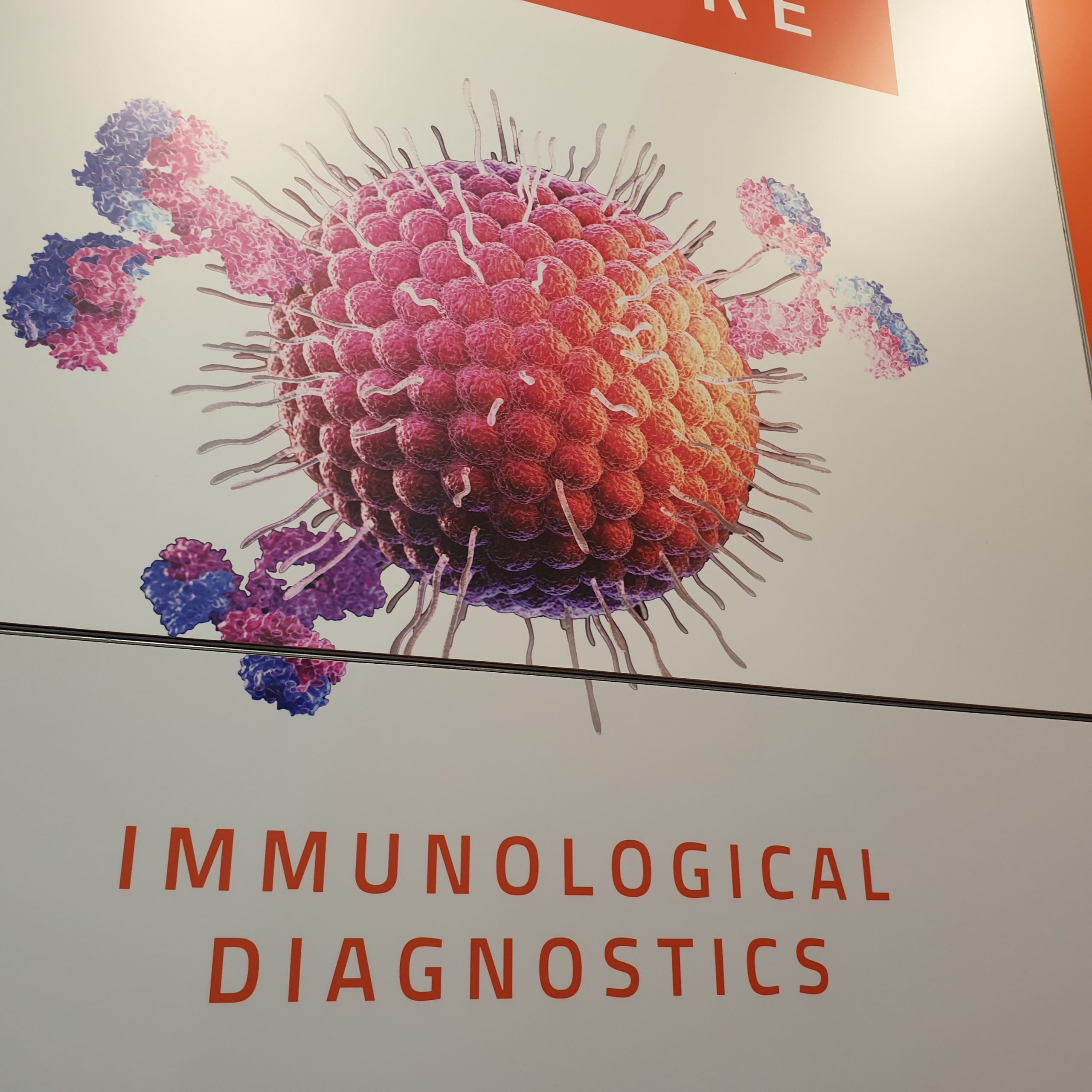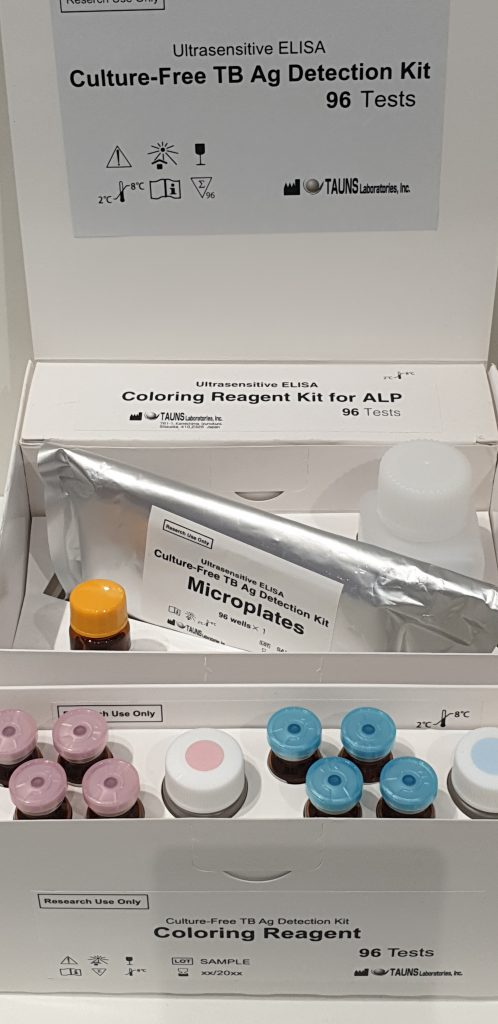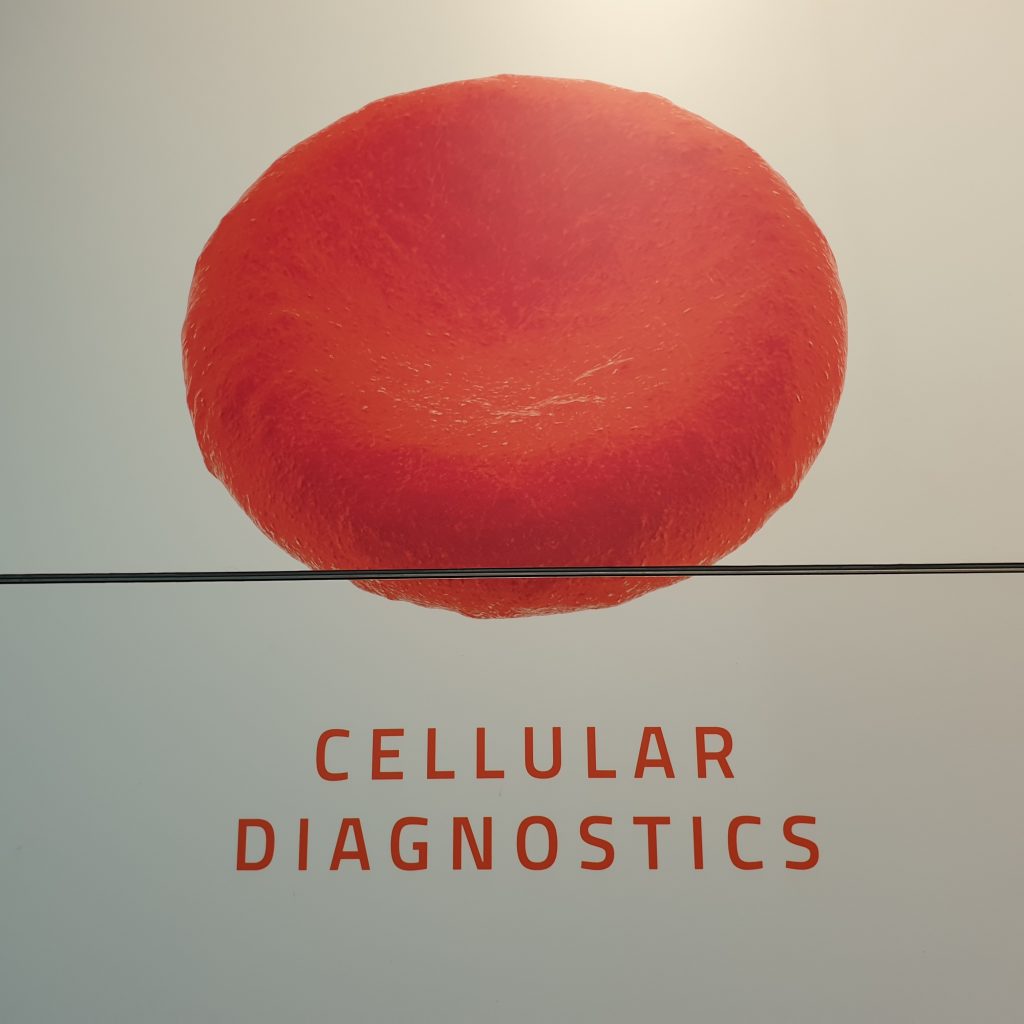Novel Coronavirus (2019-nCoV) Real Time RT-PCR Kit

Nucleic Acid:RNA
Packing (tests/kit):25

Product Details
Cat.# Instrument* Quantity Price
RR-0478-02 Ⅲ,Ⅳ – 25 primer sets 1250 Euro Gentaur

- Ⅰ:LightCycler 1.0 (Internal control can’t be used for this system)
- Ⅱ:LightCycler 2.0
- Ⅲ:PE5700, MJ-Opticon & other single color systems
- Ⅳ:ABI7000, ABI7300, ABI7500, ABI7900, ABI StepOne, StepOne plus, MJ-Opticon2, MJ-chromo4, MX3000P, MX3005P, Smart Cycler II, Rotor-Gene 6000, LightCycler 480, CFX 96, Life 96, Slan 96, iCycler iQ4, iCycler iQ5 & other multi-color systems


NatTrol Control solution


nCorV Rna extraction


Novel Coronavirus (2019-nCoV) Real Time Multiplex RT-PCR Kit is used for the qualitative detection of a novel coronavirus, which was identified in 2019 at Wuhan City, Hubei Province, China, in upper respiratory tract specimens (nasopharyngeal extracts, deep cough sputum, etc.)

Identification of nCorV Rna
On January 11, 2020, Chinese health authorities preliminary identified more than 40 human infections with a novel corona-virus in an outbreak of pneumonia under investigation in Wuhan City, Hubei Province, China. The Chinese authorities identified a new type of corona virus (novel coronavirus,named as 2019-nCoV), which was isolated on 7 January 2020. Corona-viruses are a large family of viruses, some causing illness in human and others circulating among animals such as camels, cats and bats. 2019-nCoV is a novel corona virus. The primer and probe design for this kit is based on the newly released strain (2019-nCoV) (GeneBank accession: MN908947) and covers 6 2019-nCoV strains sequences (EPI_ISL_402119, EPI_ISL_402120, EPI_ISL_402121,EPI_ISL_402122,EPI_ISL_402123, EPI_ISL_402124included). The kit contains a specific ready-to-use system for the detection of Novel Corona virus (2019-nCoV) by Reverse transcription Polymerase Chain Reaction (RT-PCR) in the real-time PCR system. The master contains a Super Mix forthe specific amplification of virus RNA. The reaction is done inone step real time RT-PCR. The first step is a reverse transcription (RT), during which the virus RNAis transcribed into cDNA. Afterwards, a thermostable DNApolymerase is used to amplify the specific gene fragments by means of polymerase chain reaction (PCR). Fluorescence is emitted and measured by the real time systems´ optical unit during PCR. The detection of amplified virus DNA fragment is performed in fluorimeter channel FAM, HEX/VIC/JOE and Cal Red 610/ ROX/TEXASRED with the fluorescentquencher BHQ1.
The principle of the real-time detection is based on the fluorogenic 5’nuclease assay. During the PCR reaction, the DNA polymerase cleaves the probe at the 5’ end and separates the reporter dye from the quencher dye only when the probe hybridizes to the target DNA. This cleavage results in the fluorescent signal generated by the cleaved reporter dye, which is monitored real-time by the PCR detection system. The PCR cycle at which an increase in the fluorescence signal is detected initially (Ct) is proportional to the amount of the specific PCR product. Monitoring the fluorescence intensities in real time allows the detection














